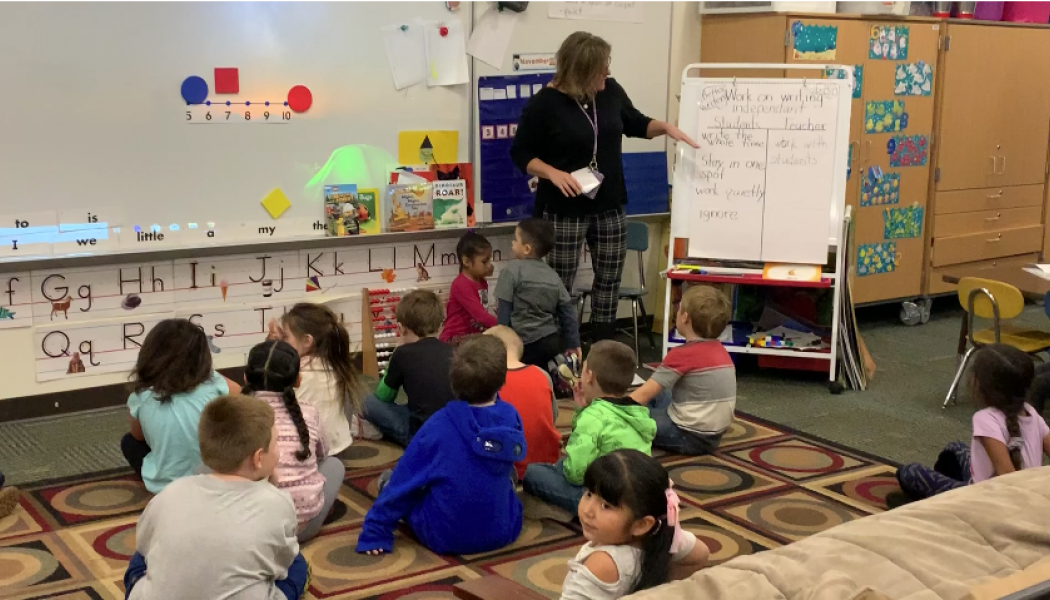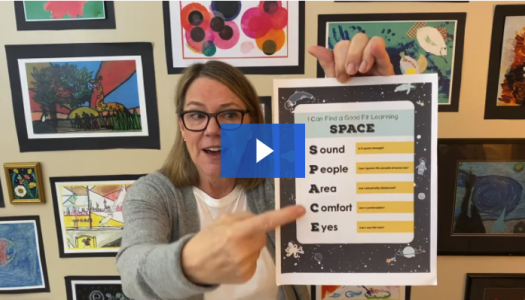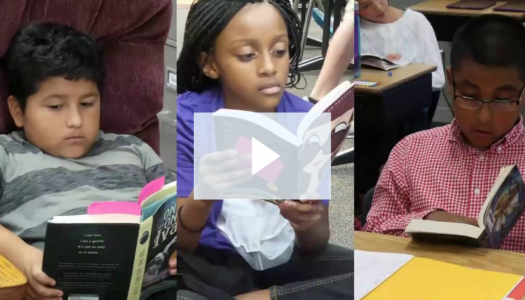Finding and Removing Assumptions

Join Our Community
Access this resource now. Get up to three resources every month for free.
Choose from thousands of articles, lessons, guides, videos, and printables.
When we make an assumption, we are accepting something as true without proof. For example, in teaching we often assume a student knows the how and what behind our directions. Sometimes it is intentional, because assuming students know certain pieces of information can save a lot of time. Other times, it is unintentional and ends up causing misunderstanding, because we are providing incomplete information.
Think about assumptions we make in regard to behavior. Have you ever told students to “line up nicely”? If you have shared what it looks like and sounds like to line up, then students will most likely know exactly what is expected and line up as desired. However, if they have not been given specific examples of what “line up nicely” looks like, the result may be less than desired. We cannot assume that students know that we want them to walk, keep their hands to themselves, turn their voices off, face forward, and so on. Think about other behavior directions we may assume too quickly:
- Write neatly. What constitutes neat to you?
- Be good. What does good mean?
- Be a friend to others. How?
- Find a good space to read. Do they know to consider comfort, lighting, sound, and distractions?
We use the 10 Steps to Teaching and Learning Independence when teaching many school and classroom behaviors in an effort to eliminate assumptions and provide clear directions.
We also make assumptions during instruction. It can be easy to assume students know how to ask good questions, find answers to their questions, think deeply about a subject, take a test, choose a book or writing topic, and more. To avoid misunderstanding and help students grasp new learning, we should check our instruction to make sure it is explicit and free of assumptions.
How do we do this? We can teach our students how to ask open-ended questions that can give them more information by thinking of what, why, when, who, and how. Or, we can teach them how to choose a good-fit book using the acronym I PICK and a good-fit space to work by using the acronym SPACE.
The clearer we can be with students, the more opportunity they have to be successful. Take a minute to reflect on your teaching this next week. What assumptions can you make clear so that your students can soar?







